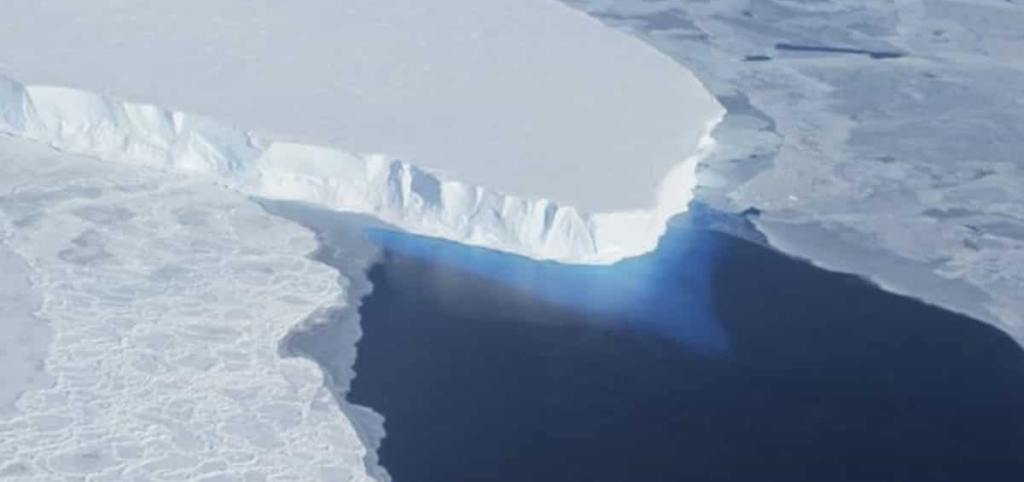Scientists have come up with a radical plan for stopping the melting of massive Antarctic glaciers, which can lead to catastrophic flooding on the US East Coast.
The researchers have said that by installing a giantunderwater curtain, they can thicken the artificial glaciers with seawater or they can cool the bedrock to mitigate warm waters from entering the Thwaites Glacier, also called the “Doomsday Glacier”.
TheThwaites Glacier has been melting at an accelerated speed because of climate changeand is likely to raise global sea levels by 10 feet, with some fearing that coastal cities like New York,Charleston, Atlantic City, and Miami will be flooded.
To avoid this catastrophic flooding, researchers headed by the Climate Systems Engineering Initiative at the University ofChicago published a report in which they called the proposed idea a “major initiative”.
Professor of geophysical sciences and co-author of the white paper, Douglas MacAyeal, said, “Our argument is that we should start funding this research now, so that we aren’t making panicked decisions down the road when the water is already lapping at our ankles.”
In the new report, one proposal said that seawater can be pumped on the surface of the Doomsday Glacier where it will freeze because of cold air temperatures and thicken the glacier. However, the idea comes with its risks and costs, warned the authors.
The seawater’s salinity can damage the ice’s structural integrity and energy is required for pumping large volumes of seawater.
UK startup Real Ice has been working on the idea of pumping seawater since 2019. Earlier, the field trials showed promising results in Canada, however, its deployment at a large scale will cost around $6 billion per year and need enormous energy input.
Scientists also proposed other geoengineering solutions for stopping the melting of the glacier.
According to some experts, the ideas are “radical” and said that geoengineering “would be difficult or impossible to achieve and draw focus away from the more necessary conversation of reducing carbon emissions.”
Climate economist at the Columbia Climate School, Gernot Wagner, said, “When we talk about glacial geoengineering, we need to tell the truth, which is that it’s not a solution to climate change – at best, it’s a painkiller.”
Prisha is a digital journalist at WION. With almost 10 years of experience in international journalism, she majorly covers political and trending stories. She also&n

